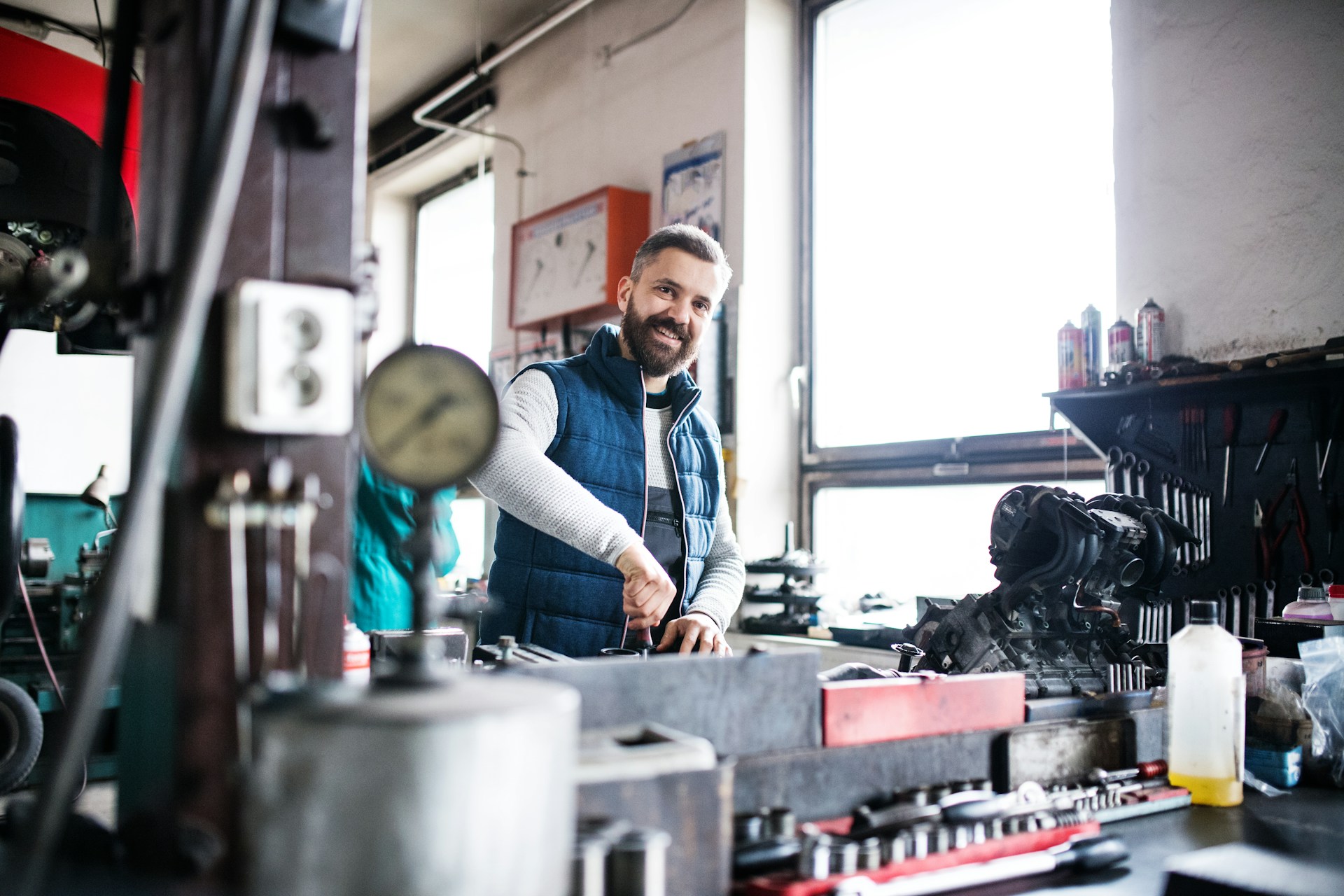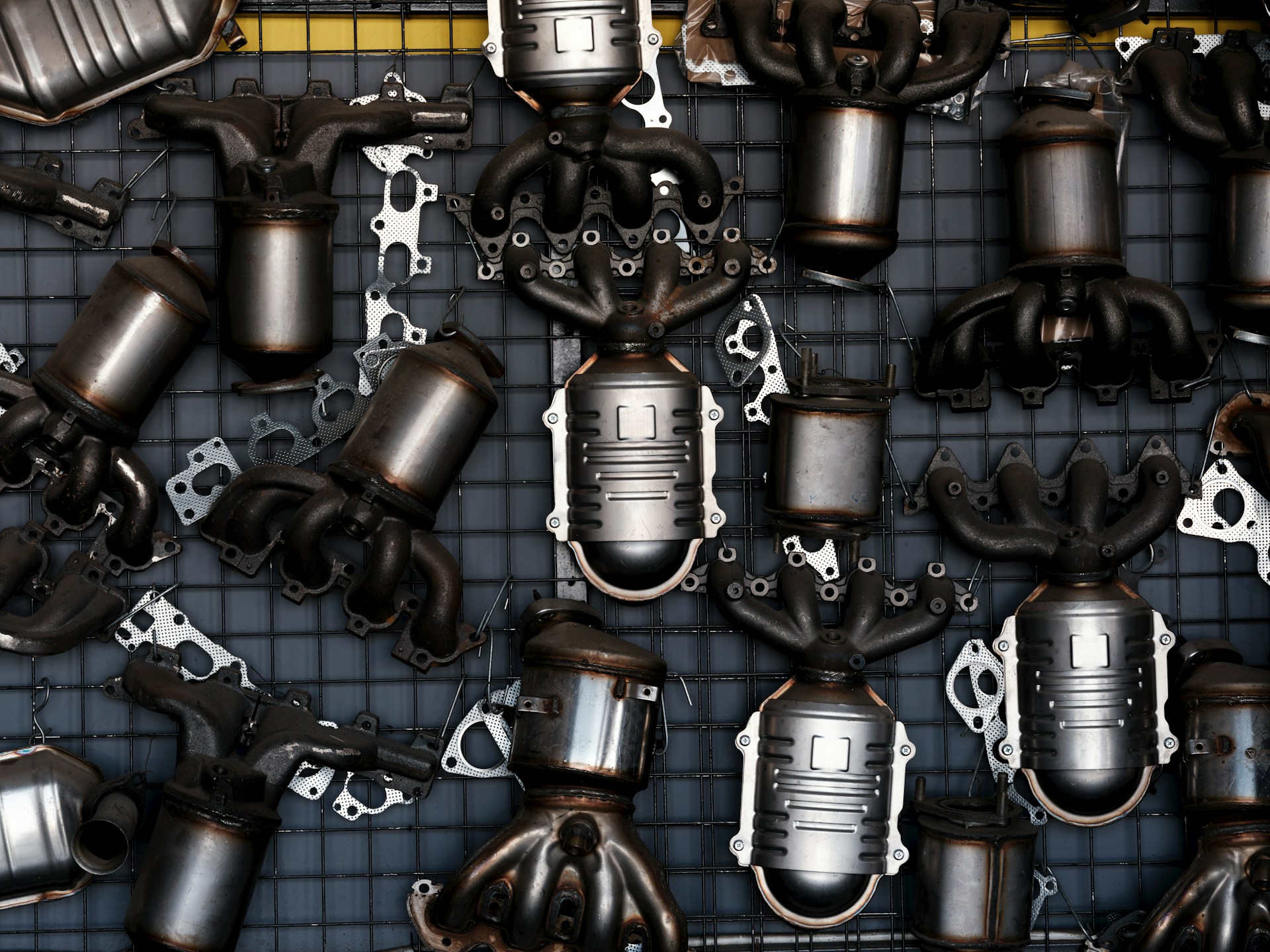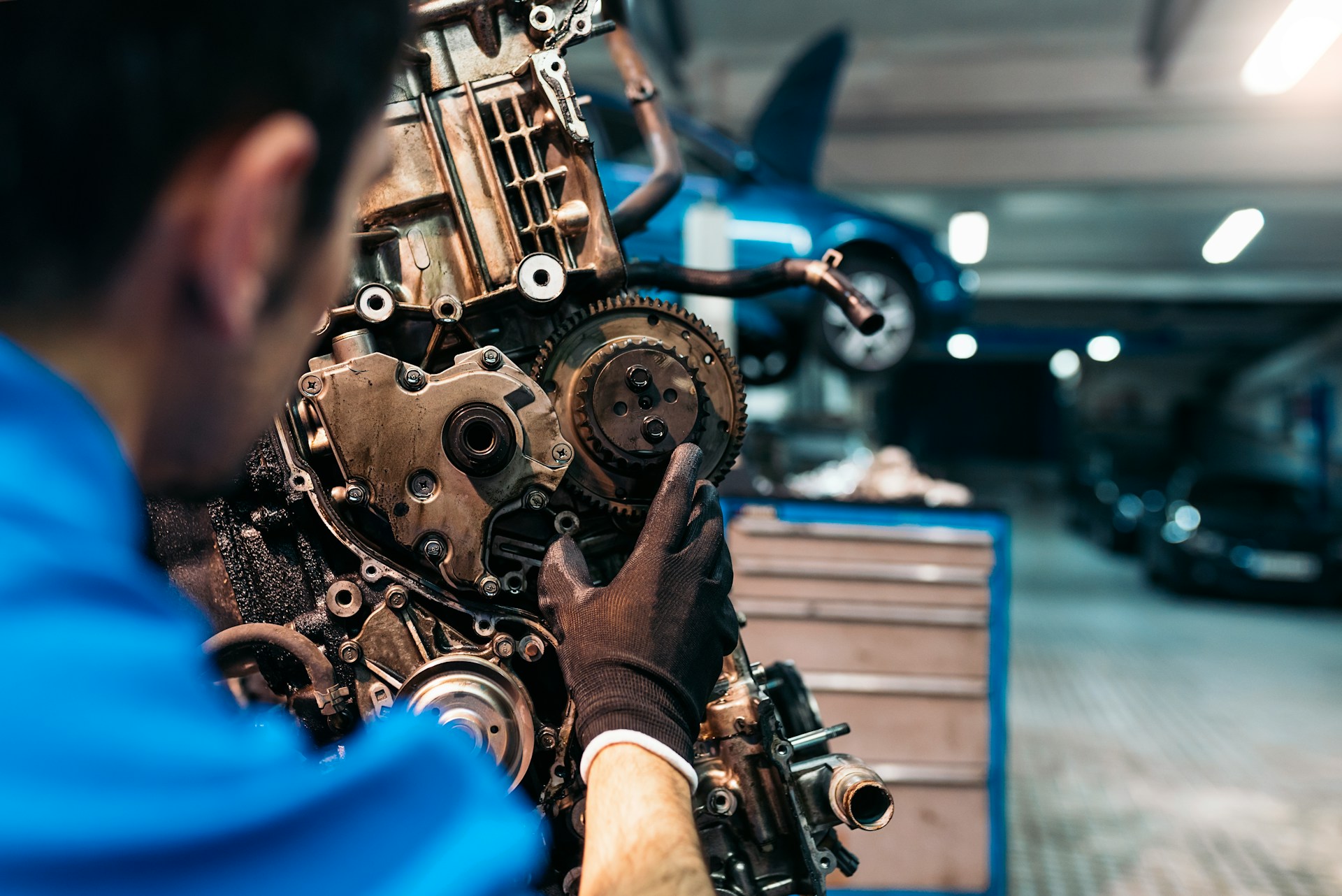USED ENGINES ARE GUARANTEED FOR A PERIOD OF 6 MONTHS FROM THE PURCHASE DATE. GUARANTEE COVERS REPLACEMENT OR REPAIR OF THE ENGINE ONLY AND DOES NOT COVER LABOR OR ANY OTHER INCIDENTAL EXPENSES REQUIRED TO REMOVE OR INSTALL THE ENGINE. WE DO NOT GUARANTEE FOR BLOWN HEAD GASKET OR OVERHEATING DUE TO DEFECTIVE THERMOSTAT, WATER PUMP, RADIATORS/HOSES, OR INSUFFICIENT COOLANT. NO GUARANTEE ON TIMING BELT. WE ALWAYS RECOMMEND THE SEALS, GASKETS, TIMING BELT, THERMOSTAT, AND WATER PUMP BE REPLACED ON ANY INSTALLATION AND REPAIRS.
THE GUARANTEE IS VOIDED BY:
- 1. MISUSE, NEGLIGENCE, ALTERATIONS, ACCIDENTS, OR FIRE.
- 2. IMPROPER INSTALLATION OR REPAIR.
- 3. FAILURE TO FOLLOW THE RECOMMENDED MAINTENANCE REQUIREMENTS
- 4. LACK OF LUBRICATION AND/OR OVERHEATING.
- 5. ANY REPAIR OR REPLACEMENT NOT AUTHORIZED BY AIRLINE AUTO PARTS, INC.
USED TRANSMISSIONS ARE GUARANTEED FOR 6 MONTHS FROM THE PURCHASE DATE. WARRANTY COVERS REPLACEMENT OR REPAIR ONLY AND DOES NOT COVER LABOR COST. GUARANTEE IS VOID IF THE TRANSMISSION IS DISMANTLED.
USED STARTERS, ALTERNATORS ARE GUARANTEED FOR 6 MONTHS FROM THE DATE OF PURCHASE. THERE IS NO GUARANTEE FOR IMPROPER INSTALLATION, FAULTY VOLTAGE REGULATOR OR POOR ELECTRICAL CONNECTIONS BY CUSTOMER.
USED A/C COMPRESSORS ARE GUARANTEED FOR 6 MONTHS FROM THE DATE OF PURCHASE. DRYERS AND EXPANSION VALVES MUST BE REPLACED PRIOR TO INSTALLATION, OTHERWISE GUARANTEE IS VOID.
USED RADIATORS, EVAPORATORS AND CONDENSERS ARE GUARANTEED FOR 6 MONTHS FROM THE DATE OF PURCHASE. THESE ITEMS MUST BE PROPERLY FLUSHED BEFORE USAGE.
BODY PARTS ARE SOLD “AS IS”.
ELECTRICAL COMPONENTS ARE GUARANTEED 6 MONTHS FROM THE DATE OF PURCHASE.
CLAIMS FOR DEFECTIVE PARTS OR REFUNDS MUST BE MADE WITH THE ORIGINAL INVOICE. 20% RESTOCKING CHARGE ON EVERY GOOD ITEM RETURNED. NO REFUNDS AFTER THE WARRANTY PERIOD AND CORES ARE NOT REFUNDABLE AFTER 30 DAYS FROM PURCHASE.










Leave a Reply